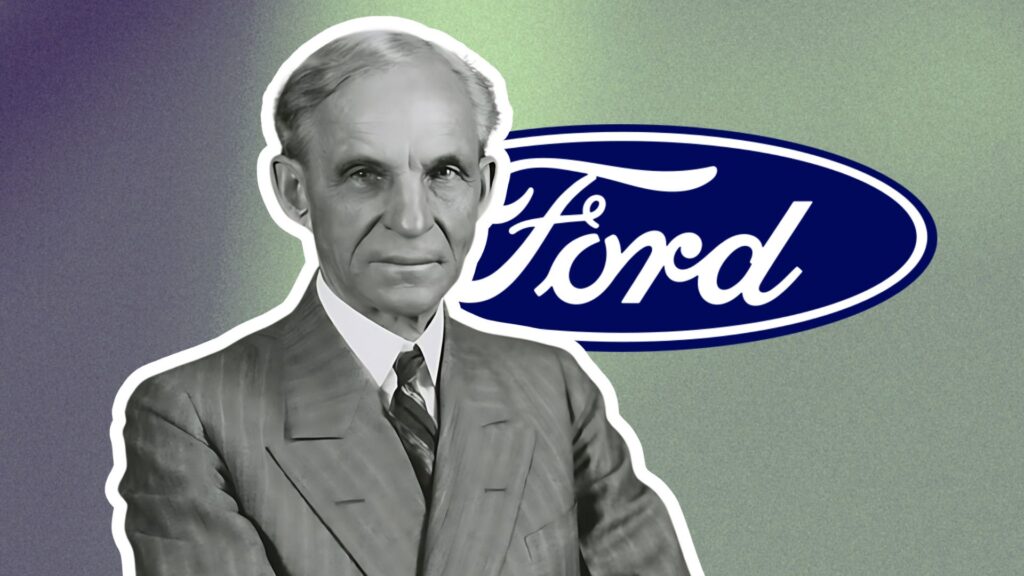Did you know Henry Ford didn’t invent the car?
Many people think they know all about the famous automaker, but there’s so much more to his story. It’s frustrating when our knowledge of historical figures is limited to a few basic facts.
I’ve dug deep into Ford’s life and found over 77+ surprising facts that will change how you see this American icon.
From his early failures to his groundbreaking innovations, these lesser-known details paint a fuller picture of the man who changed transportation forever.
Get ready to discover the unexpected twists and turns in Henry Ford’s journey. These facts will give you a new appreciation for his lasting impact on our world.
Early Life and Inspirations
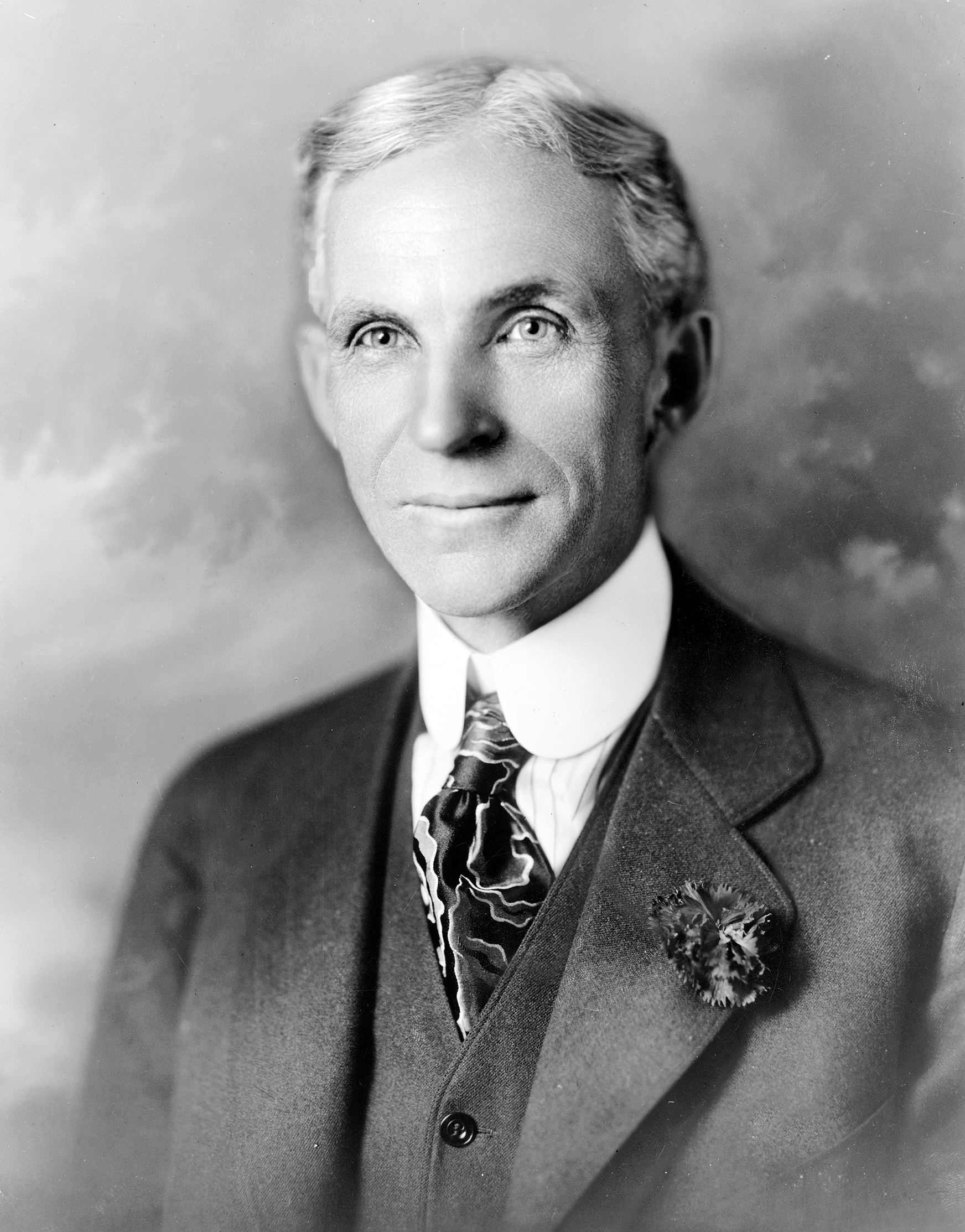
1. Henry Ford’s first language was not English, but French due to his family’s French-Canadian heritage.
2. As a young man, Ford carried a pocket full of nuts and bolts to fidget with while talking to people.
3. He built his first steam engine at age 15, using scrap metal and parts from a junkyard.
4. Ford once worked as a night-shift repairman for Westinghouse, fixing their electric generators.
5. He was an accomplished violin player and often performed at local dances in his youth.
6. Ford’s first car, built in 1896, had no reverse gear and got stuck in his workshop doorway.
7. He was a close friend of naturalist John Burroughs and often went on camping trips with him.
8. Ford’s first business venture was a sawmill, which he operated using a portable engine he designed.
9. He briefly considered becoming a professional watch repairman before turning to automobiles.
Founding Ford Motor Company
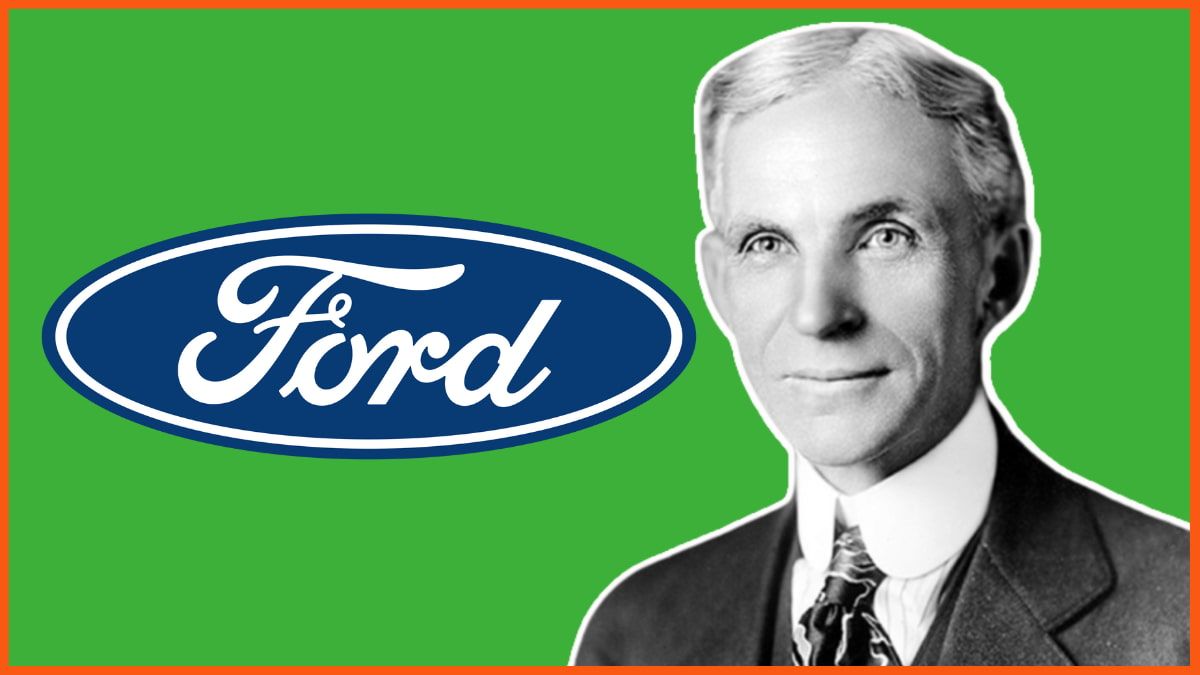
10. Ford’s initial investors wanted to sell luxury cars, but he insisted on making affordable vehicles for the masses.
11. The company’s first sale was made to a dentist in Chicago, who bought the car sight unseen.
12. Ford almost went bankrupt twice in the first three years of the company’s existence.
13. He used a race car he built, the “999,” to attract investors and publicity for his fledgling company.
14. Ford’s wife, Clara, pawned her jewelry to help finance the company’s early operations.
15. The company’s first advertisement was a poem Ford wrote about the Model A.
16. Ford initially wanted to name his company “Henry Ford Auto Company,” but was convinced otherwise by his partners.
17. He personally test-drove every 100th car that came off the assembly line in the early years.
18. Ford’s early cars were built with wooden wheels from leftover lumber from his failed sawmill business.
Innovations in Manufacturing

19. Ford’s assembly line was partly inspired by a visit to a Chicago slaughterhouse, where he saw the “disassembly line” for processing meat.
20. He created a special department to collect and repurpose all factory waste, even selling wood scraps as charcoal (which later became Kingsford Charcoal).
21. Ford experimented with using soy-based plastics in car manufacturing as early as the 1940s.
22. He developed a special low-cost X-ray machine for use in his factories to check for internal flaws in metal parts.
23. Ford’s factories used a conveyor system to deliver food to workers at their stations, maximizing efficiency.
24. He introduced a moving platform for workers to stand on, which moved along with the car they were assembling.
25. Ford created a school within his factory to train workers in the precise movements needed for assembly line work.
26. He used motion picture cameras to study and improve worker movements, long before such techniques became common.
27. Ford’s early assembly lines were actually U-shaped to save space in the factory.
Affordable Cars for Everyone
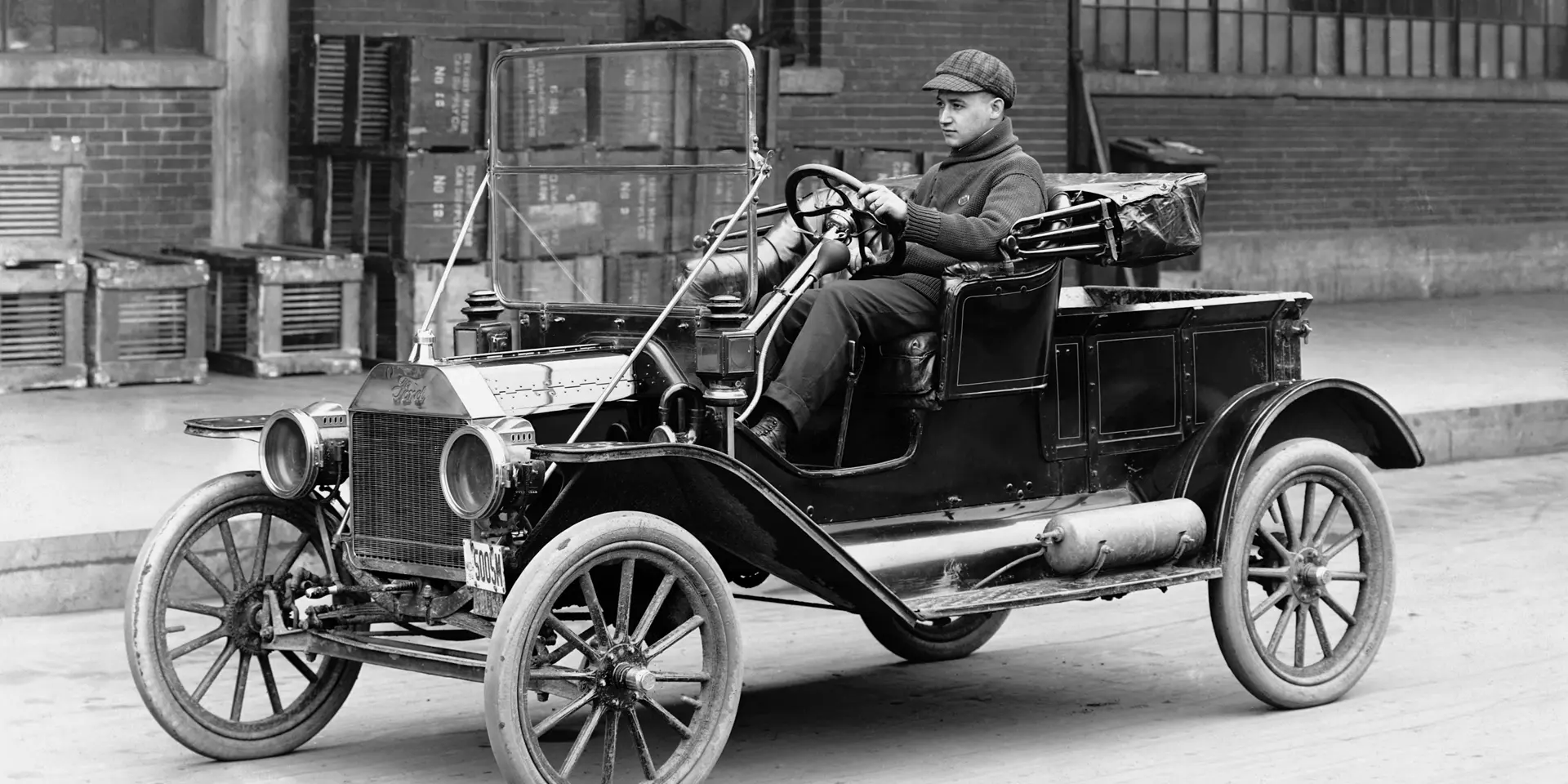
28. The Model T had a top speed of 40-45 mph, but Ford recommended driving at only 25 mph for safety.
29. Ford offered a “Snowmobile” conversion kit for the Model T, adding skis and treads for winter use.
30. He created a special Model T variant for clergymen, available at a 10% discount.
31. The Model T’s engine could run on gasoline, kerosene, or ethanol, making it one of the first flexible-fuel vehicles.
32. Ford experimented with making car bodies out of hemp plastic, which he claimed was ten times stronger than steel.
33. He offered a “No Cost” repair policy for the Model T in its early years, fixing any defect for free.
34. The Model T’s unusual pedal layout (three pedals, no gas pedal) was designed to be intuitive for people who had driven horse carriages.
35. Ford created a special tractor based on Model T parts, called the Fordson, to make farming more affordable.
36. He offered a wide range of Model T body styles, including a “Torpedo Roadster” and a “Center Door” sedan.
Labor Relations and the $5 Workday
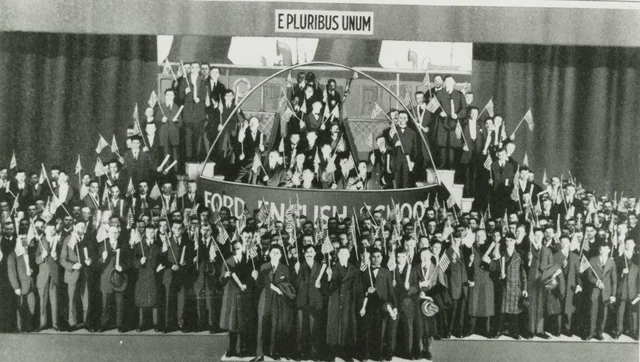
37. Ford’s Sociological Department monitored workers’ private lives, including their drinking habits and marital status.
38. He created English schools in his factories, requiring immigrant workers to attend and graduate.
39. Ford offered profit-sharing to employees but initially excluded women from the program.
40. He created a special program to hire and accommodate disabled workers long before it was common practice.
41. Ford’s company newspaper, the “Ford Times,” was used to communicate company policies and shape worker behavior.
42. He established a minimum age of 22 for male workers to encourage them to start families.
43. Ford created a “Ford English School” graduation ceremony where immigrant workers would walk into a giant melting pot wearing their native clothes and emerge in American-style suits.
44. He offered interest-free loans to employees for home purchases, promoting homeownership among workers.
45. Ford’s factories had their own police force and hospital to serve employees and their families.
Environmental and Agricultural Efforts
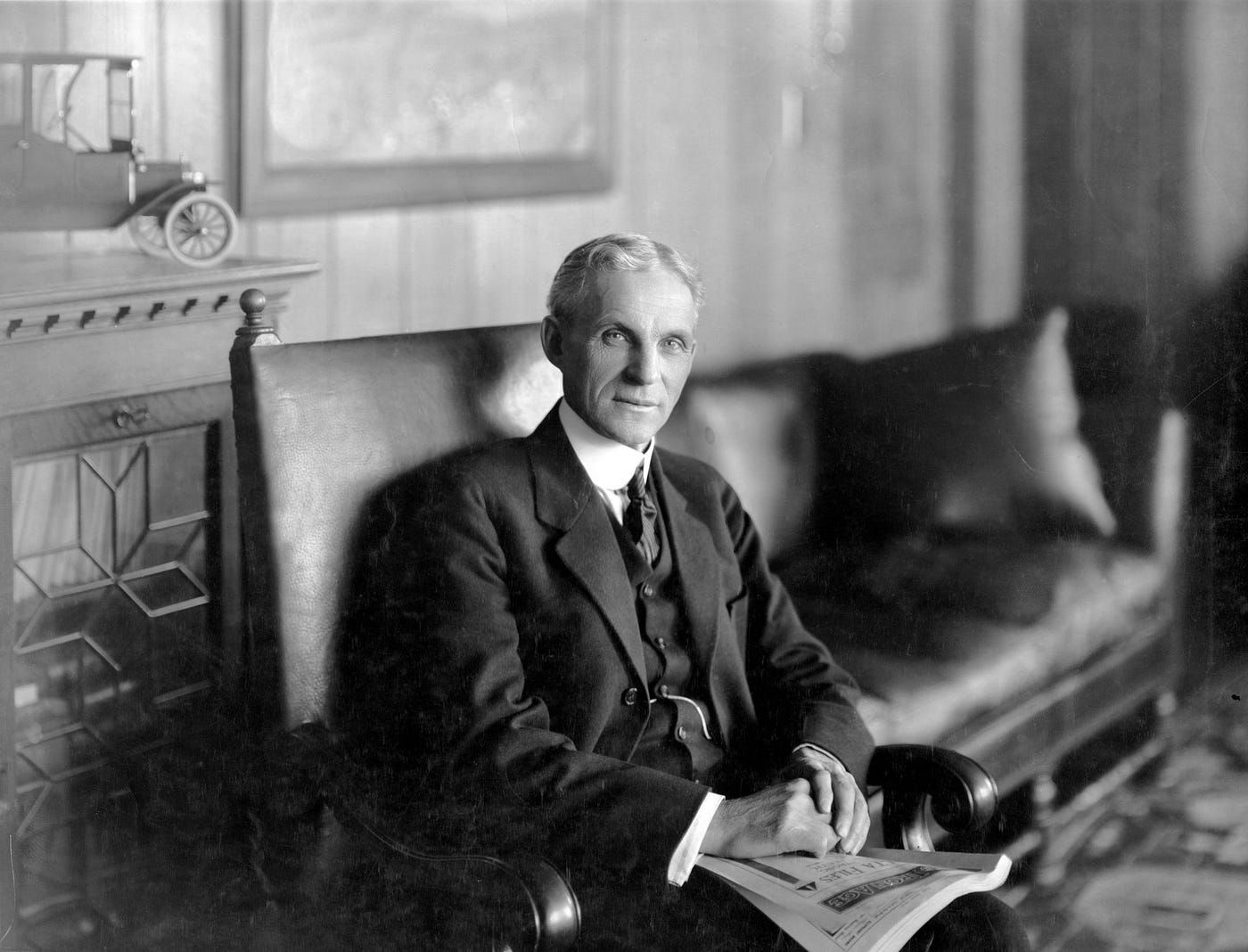
46. Ford experimented with making car parts from soybeans, including a car body, in 1941.
47. He built a village industry of small factories that used water power, aiming to blend industry with agriculture.
48. Ford worked on creating artificial rubber from goldenrod plants.
49. He promoted the use of charcoal briquettes made from wood scraps from his factories (now Kingsford Charcoal).
50. Ford experimented with making plastic car parts from wheat straw, hemp, and sisal.
51. He developed a soybean-based milk as a nutrition supplement during World War II.
52. Ford created a research laboratory dedicated to finding industrial uses for farm crops.
53. He experimented with making cloth for car upholstery from kenaf, a plant related to cotton.
54. Ford promoted the use of ethanol as a fuel, building a plant to produce it from corn in the 1930s.
Social and Political Influence
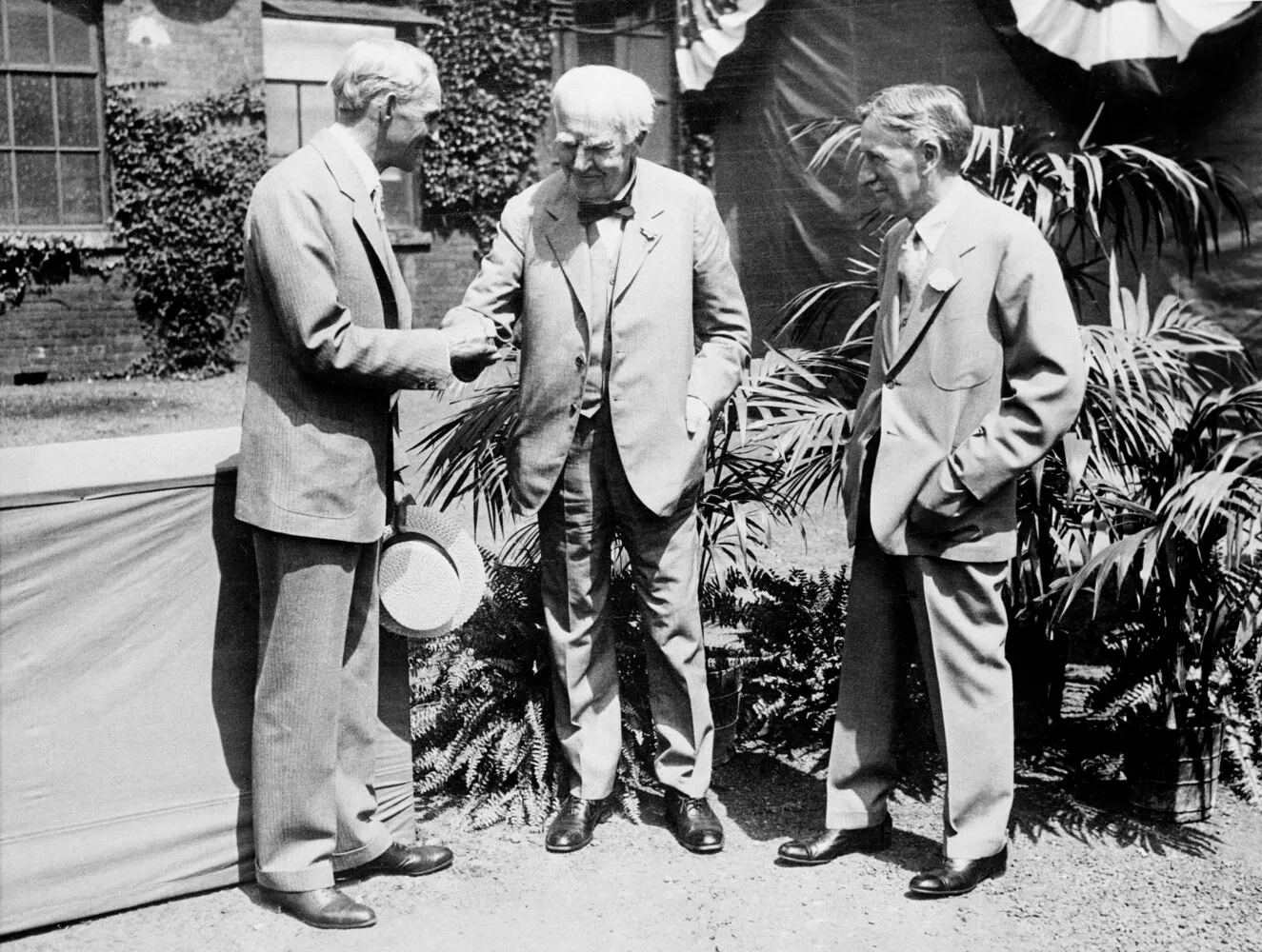
55. Ford ran for the U.S. Senate in 1918 but lost by a narrow margin.
56. He financed a peaceship to Europe during World War I in an attempt to end the war through diplomacy.
57. Ford bought his hometown newspaper, The Dearborn Independent, and used it to publish controversial personal views.
58. He was awarded the Grand Cross of the German Eagle, the Nazi regime’s highest honor for a foreigner, in 1938.
59. Ford established schools in rural areas that combined academic learning with practical skills, called “Ford Schools.”
60. He was a vocal opponent of labor unions and resisted unionization of his company until 1941.
61. Ford advocated for the use of “vertical farming” – growing crops in vertically stacked layers.
62. He proposed replacing gold with “energy currency” based on units of electricity.
63. Ford considered running for president in 1924 but ultimately decided against it.
Personal Life and Character
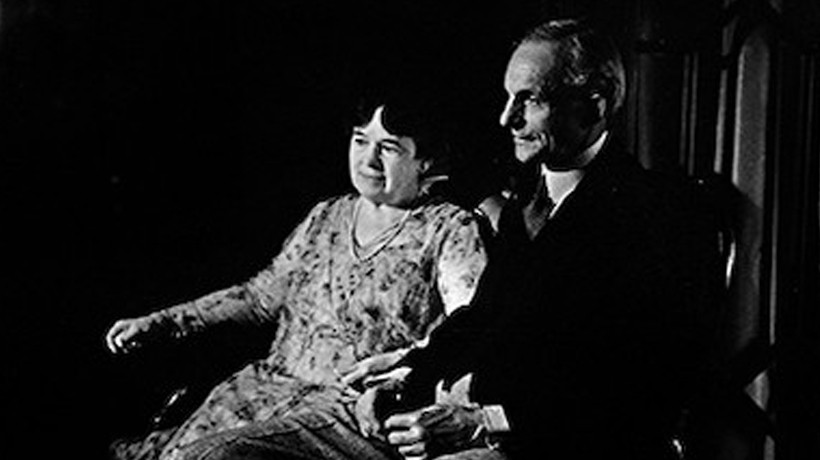
64. Ford had a lifelong interest in square dancing and built a ballroom in his home for it.
65. He collected antiques and historic buildings, creating an open-air museum called Greenfield Village.
66. Ford was largely self-educated and had difficulty with reading and writing throughout his life.
67. He wore a sprig of ragweed in his lapel daily, believing it warded off hay fever.
68. Ford carried a caliper in his pocket to measure things that interested him.
69. He was an avid bird watcher and could identify dozens of bird species by their songs.
70. Ford had a fear of cows stemming from a childhood incident and avoided dairy products.
71. He believed in reincarnation and often spoke about his past lives.
72. Ford kept Thomas Edison’s last breath in a sealed test tube as a memento of their friendship.
Philanthropy and Lasting Impact
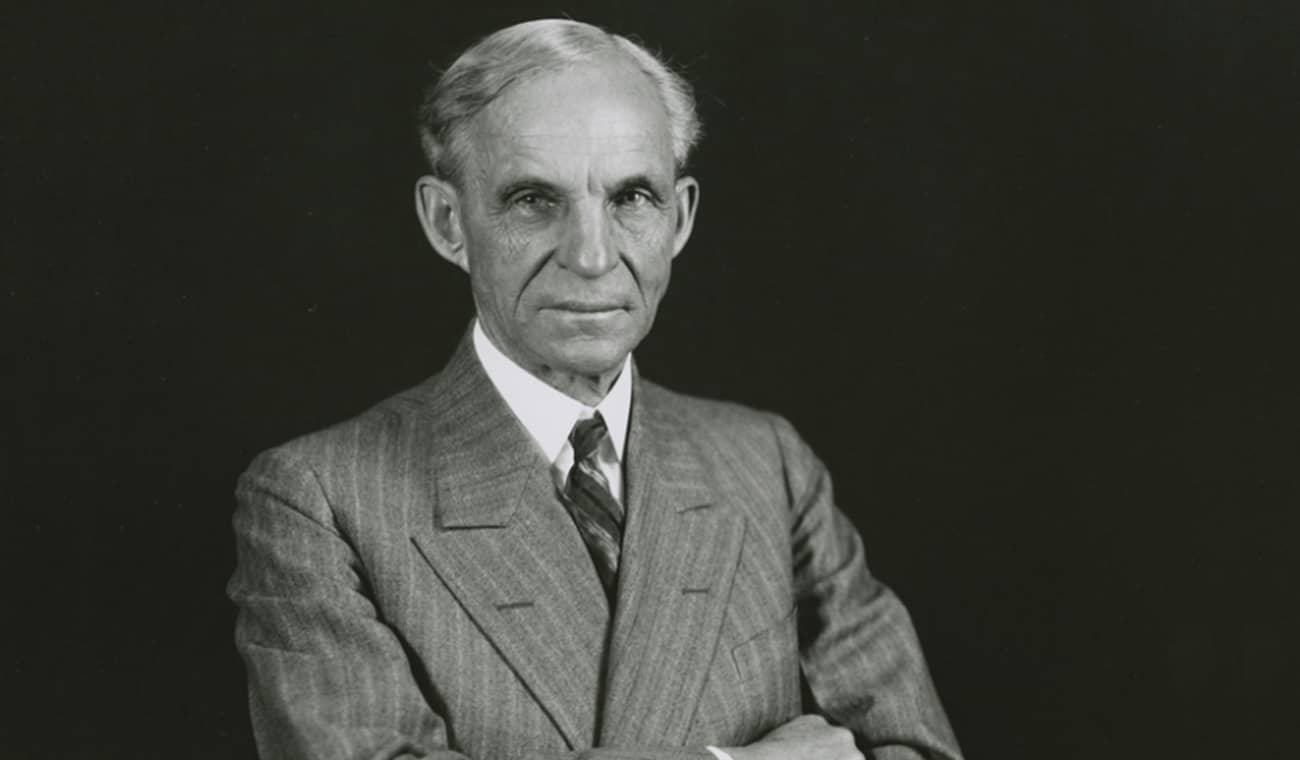
73. Ford established one of the first corporate archives in the U.S., preserving historical documents and artifacts.
74. He created the Edison Institute of Technology, now known as the Henry Ford Museum and Greenfield Village.
75. Ford’s company was one of the first to offer paid vacations to its workers.
76. He established the Ford Foundation, which became one of the largest private foundations in the world.
77. Ford created a network of small, rural “village industries” to provide employment in agricultural areas.
78. He donated land for the creation of Ford Airport, one of the first modern airports in the world.
79. Ford’s company produced iron lungs and incubators for hospitals during the polio epidemic.
80. He established the Henry Ford Trade School, which provided vocational training for underprivileged boys.
81. Ford’s company played a crucial role in the Allied war effort, producing vehicles, engines, and even bombers during World War II.
Conclusion
Wow! Who knew Henry Ford’s life was packed with surprising twists and turns?
From his French-speaking childhood to preserving Edison’s last breath, Ford’s story goes far beyond the assembly line.
These facts show us a man who was more than just a car maker. He was an innovator, a dreamer, and sometimes a bit quirky. Ford’s impact reaches into areas we might never have expected – from soybeans to square dancing!
What’s your takeaway from these surprising facts? Did any of them change how you view Henry Ford?
I’d love to hear your thoughts in the comments. And if you know any other surprising facts about Ford, why not share them?
Let’s keep uncovering the fascinating stories behind those who shaped our world!

